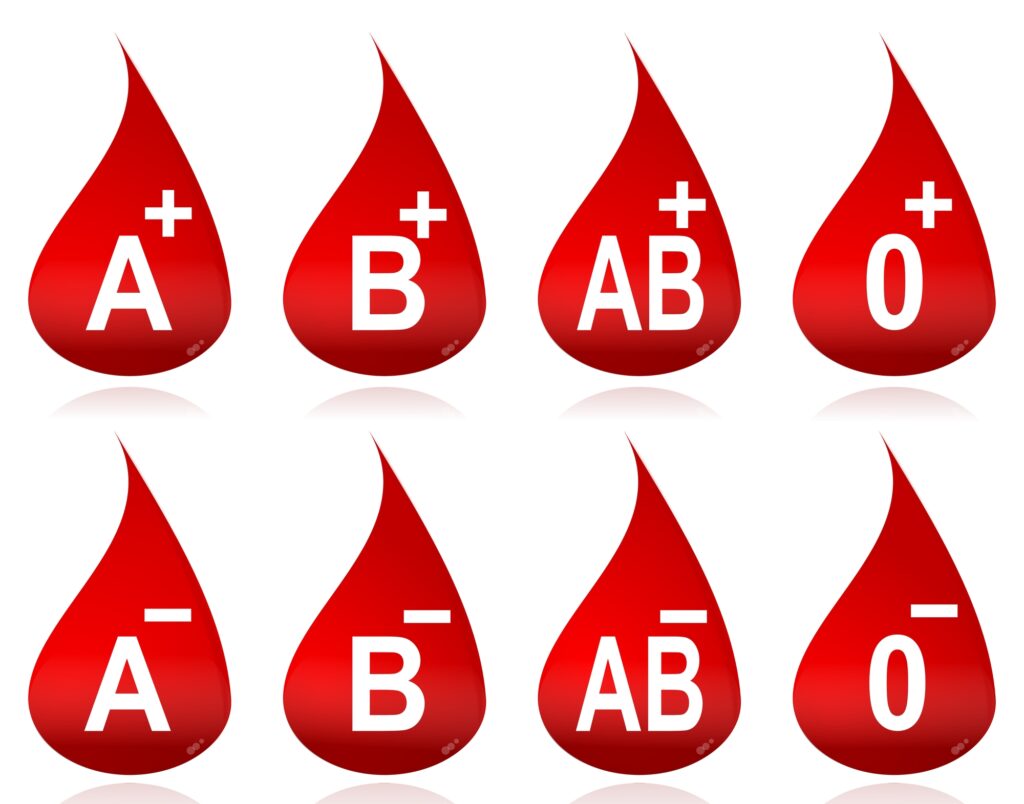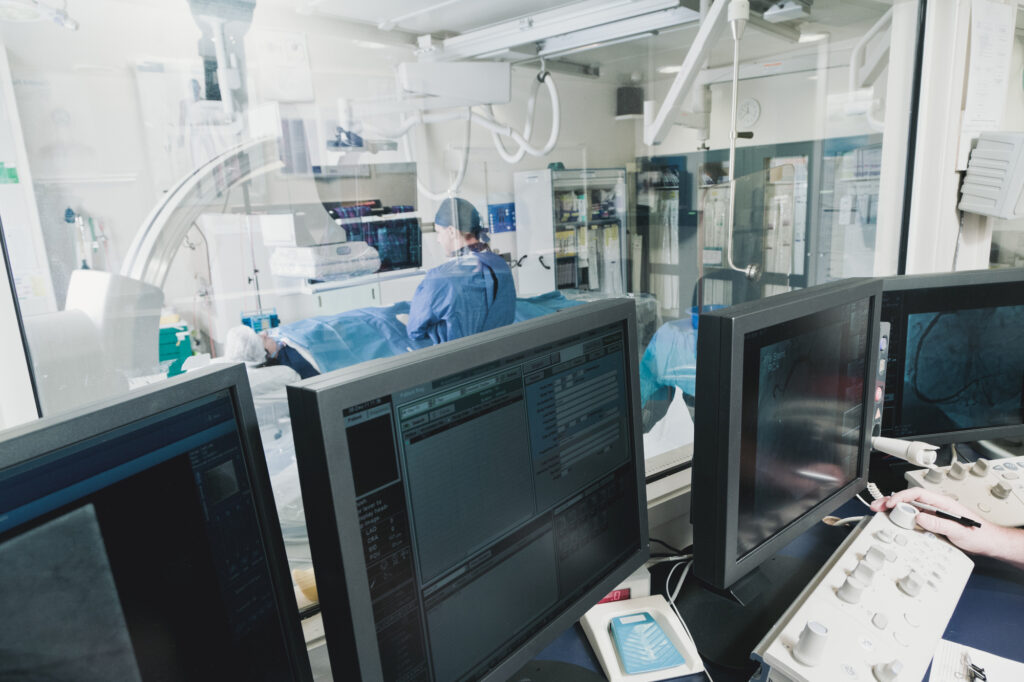
Blood transfusions in hospitals are a common occurrence to treat a number of conditions and diseases, from traumatic events to sickle cell. They are becoming more and more common for a variety of conditions, it now a medical specialty called transfusion medicine. Blood must be matched, at a minimum by type (ABO compatibility) for emergencies, but as transfusions have become more common to treat other conditions, additional testing and matching will occur for various other antibodies. Transfusions are largely regarded as a last resort when other treatment methods have failed, and related critical events are rare, depending on source 0.2%-1%, but they are still common and necessary occurrences. Critical to the safety of transfusions is ensuring that right blood gets to the right patient.
Each blood component must be tracked to ensure that when a patient needs it, they are receiving blood that is compatible, from the blood type to different antibodies in the components. Information systems help ensure this safety by providing a means for tracking blood products, which go through multiple processing steps after donation and are often collected far from the recipient.
Once blood products arrive in the hospital, they will often undergo additional testing to further discriminate sub types and antibodies. Patients that have received multiple transfusions are more likely to have antibodies against certain bloods, increasing the risk of a transfusion, increasing the need for more checks. Within the hospitals ordering blood products follows a similar pathway to medication ordering and administration, which was discussed in last week’s blog.
Similar to pharmacies, blood banks (where the blood is stored and distributed) often have a dedicated system for testing and tracking blood products. These systems are connected to the hospitals EHRs for physician ordering, distribution, and finally administration by the nursing staff. At any point along the chain if a connection is broken there can be a safety consideration that is missed. Healthcare workers are extremely vigilant when ordering, dispensing, and administering blood products, each step along the way involves checks and double checks to ensure safety. As complexity in matching grows, the risk for missing a critical element increases. As a safety double check blood products will be electronically scanned at each step, including administration, to make sure the right blood is being administered.
As the utilization of blood products increases to treat more and more diseases and conditions, and more specific matching becomes ever more critical, there is always an increased likelihood that a break in one of these systems can cause a critical check or piece of information to be missed. Transfusion events are rare, but they do occur, and it is often because of an unknown on the patient side. Until a patient receives a transfusion, we may not know how they will react.
If a transfusion event does occur, there is a process that occurs to figure out why. Critical to this process is knowing what blood was administered, it’s components and sources, and why the patient had a reaction. All of this information is documented, not only in the EHR, but also in the blood bank systems, to ensure that the risk of future events can be minimized, not only for that patient, but for other patients as well.
Interconnected systems ensure the safety of the blood supply and the safe administration of life saving therapies for patients in need. Are we positive these systems are operating as they should be? Can we B+ that all critical information and safety checks are happening as expected?
Tido provides automated end to end monitoring solutions that will automatically alert your teams there is a disruption.
Blood donation and transfusions remain safe and effective treatments to help those in need. For more information on donating blood, please visit the American Red Cross.

